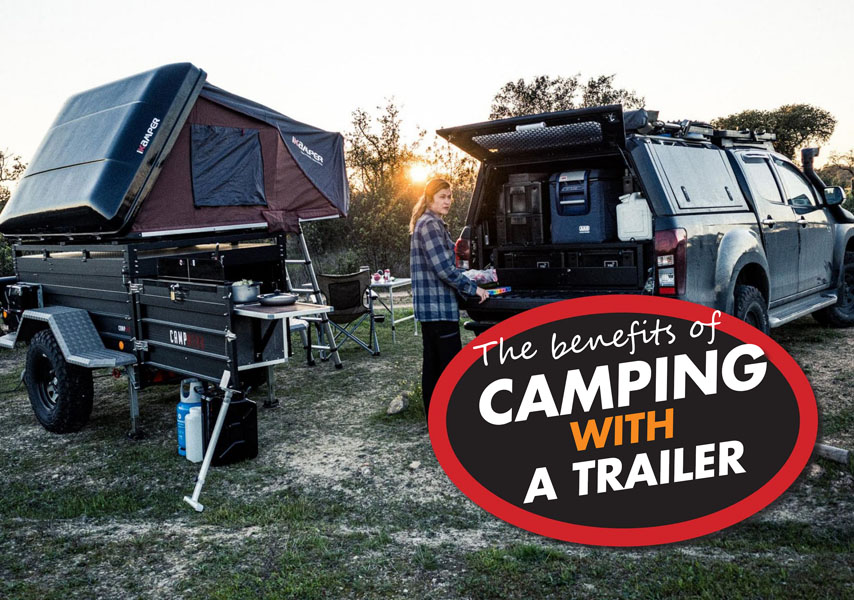 Niko Caignie from Rumst is a photographer and film director. Together with his wife and two daughters they enjoy travelling in the outdoors. He shares his experiences on his websites outdoor.nikocaignie.be and nikocaignie.be/travel
Niko Caignie from Rumst is a photographer and film director. Together with his wife and two daughters they enjoy travelling in the outdoors. He shares his experiences on his websites outdoor.nikocaignie.be and nikocaignie.be/travel
In this article he explains why he chose the combination iKamper Skycamp 2.0 and the CAMPWERK offroad Cargo trailer for his camping setup.
One of the biggest and most important decisions in building your overlanding rig is the choice of your rooftop tent. There are a wide variety of models and options available, I’m not going to talk about that here, it took me a while to choose mine and everyone has different requirement and tastes.. To write out a guide for every situation and everybody’s needs would take forever. In the end we went for the iKamper Skycamp, A hardshell 4-person sleeper. This article will discuss the pros and cons of camping with a rooftop tent.
Stekenjokk (Sweden):In my heart, I actually never left this place. When I close my eyes I’m back there again. We all have that romantic idea of traveling with a rooftop tent: stopping wherever and whenever you want, near lakes or at stunning panoramic views just you and your family and mother nature. And To be honest, Stekenjokk is just like that!
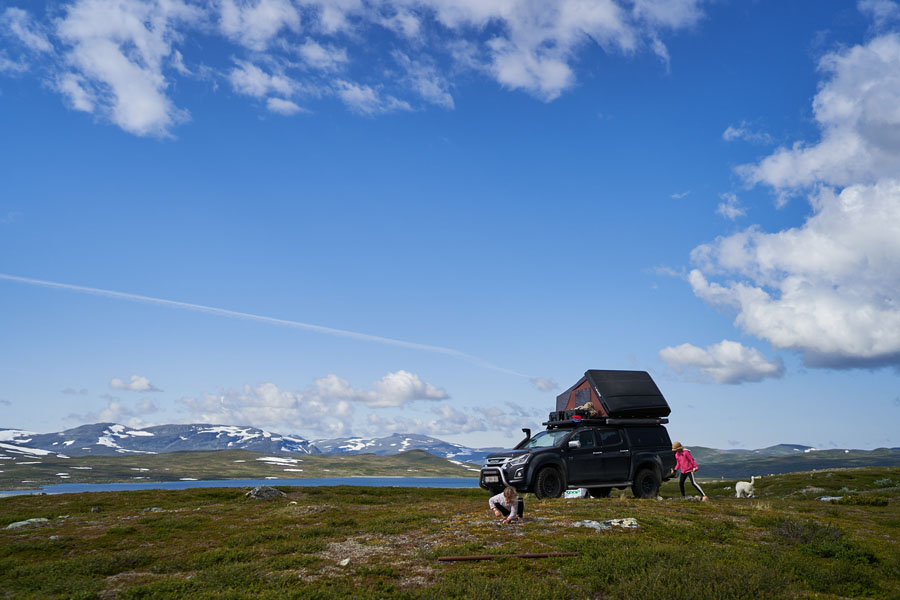
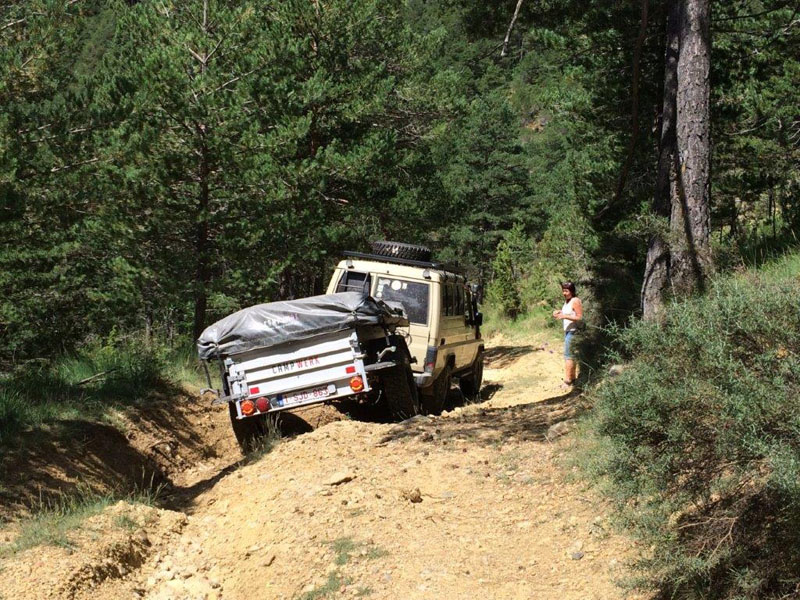
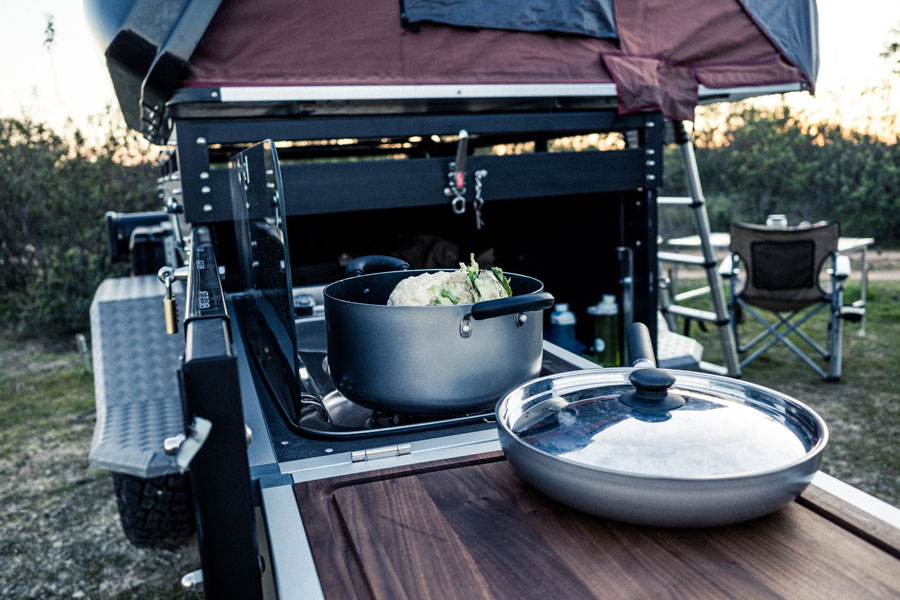
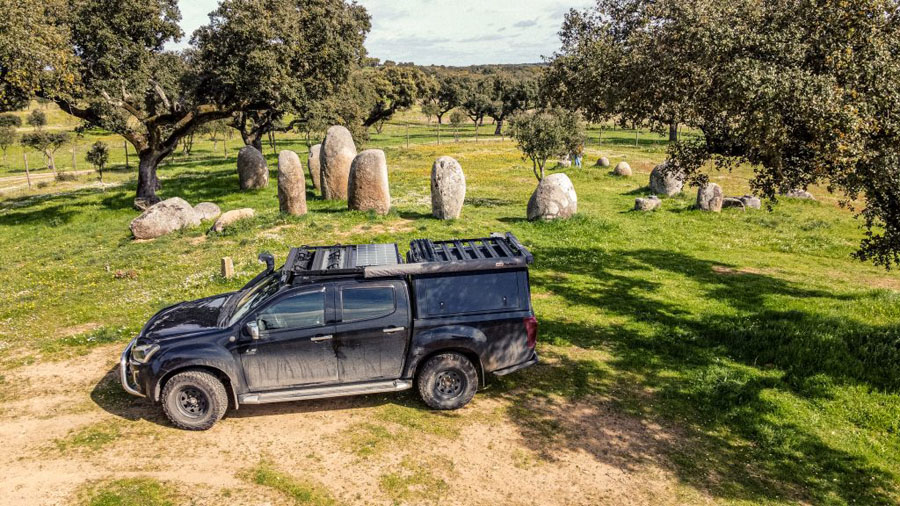
A major benefit of roof tents is that they are set up in a matter of minutes. And they are. But what most people forget is the kind of organisation that is required when traveling with a tent on your roof. It’s the organisation that makes the difference between an untethered traveller or just someone transporting an unwieldy pile of camping gear. When you are well organised you can make impulsive decisions like stopping for the night because you are tired, or have spotted a stunning spot to camp,and can also leave quickly in the morning because there is rain coming or the spot was not what you expected when you woke and saw it in the daylight. I can (proudly) say that we are organised in a way that we can stop and be ready to sleep and eat in about 30 minutes. Leaving in the morning takes us 45 min: breakfast, a good cup of coffee and the dishes done included.
The secret to this is to organise your gear in a way that you don’t have to unpack anything. I’ve explained this in detail in my Overlanding Essentials chapter on my website. In short , setting up your tent might take a few minutes but if you have to unload your whole trunk to get to your table, find swimming togs or get the cookware, you’re well on your way for at least an hour unloading and loading and hopefully it doesn’t rain in the meantime. And that’s no fun. You really want to stop the car and be enjoying the outdoors within the hour. This kind of travelling requires team work!

Another important aspect of travelling with a rooftop tent is the flexibility once you are all set up for a longer stay. We all love to wander around and jump from one unique spot to another, adventure and explore. But when out on longer trips, like a month or two you kind of need a break sometimes and just settle down for a couple of days. We often do that on small cozy campsites without too many facilities. Good showers, a washing machine and a river or lake to swim in is more than enough, otherwise you’re destined to be stuck in between the campers and caravan people. Those longer stops are ideal opportunities to fix and maintain your gear, do the laundry, take a hot shower, explore the surroundings, visit national parks, go hiking, maybe visit a little piece of civilisation,and do some food shopping. And that’s where we sometimes encounter the limits of a rooftop tent. When setting up for a few days you pull out a bit more gear to make the stay a bit more comfortable, extra chairs, awnings, laundry lines and so on. That also means that when you want to explore the local neighbourhood you have to pack it all up and drive 50km to a national park, town or shopping mall, do your thing and return to the camp space to unpack it all. Your car is your house, it goes everywhere with you. And especially when you are on a short break in your trip, this is the last thing you want to do, burden yourself with extra packing and unpacking chores.This is one of the main reasons why we opted for a having a trailer with a rooftop tent on it instead.
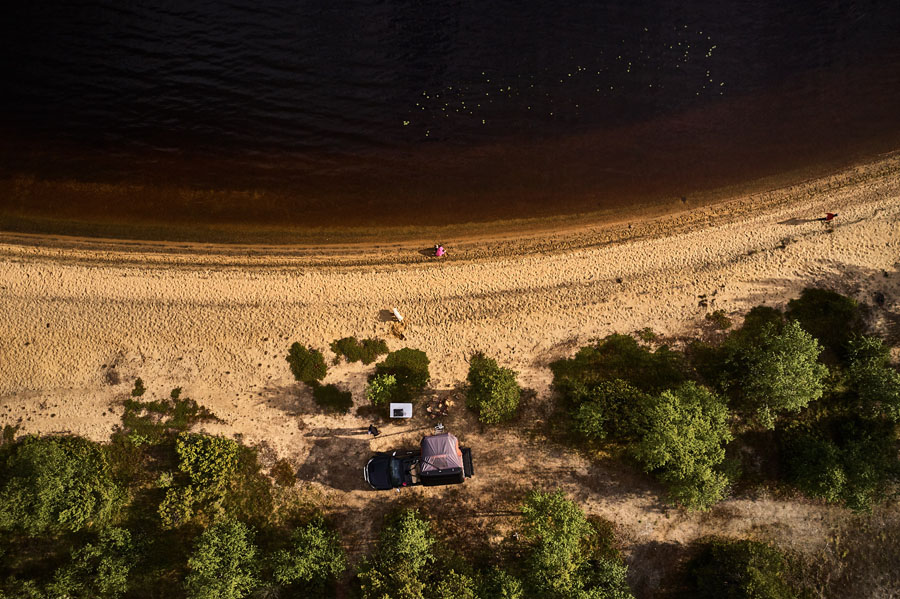 We did not get the trailer for the extra space, we actually don’t really need that. But just to have the option to leave the trailer and tent somewhere and to go out and explore. You can leave in the morning and when you come back in the evening everything is just how you left it. Jump from the car seat in your comfy chair and you’re set for a campfire night! I got my trailer at CAMPWERK and fitted my own rooftop tent on it with some minor modifications based on my needs. We also fitted a kitchen, which makes it a bit easier to fix food for 4 people 2 or 3 times a day! You do lose a little flexibility in choosing which dodgy, muddy back country muddy roads you might be able to navigate with a trailer, but you gain a lot more offroad fun when leaving the trailer at basecamp and going back out to explore the backroads nearby.Basically, the trailer is for sleeping and cooking, the car is for our gear and to let us explore. One other thing- a rooftop tent is not a full size tent, which means that when you’re out and about and the rain is pouring down for several days you’re all stuck in a small, low ceiling 2 by 2 square meter space. In our case this would be with 4 people. You can manage this for one or two days maybe, playing games with the kids, reading, sleeping but after a while that starts to suck. In this case you can either leave and try to find sunnier areas or else set up a front tent or extra tent to live in. I’ve got 2 awnings installed on the car that give perfect shelter for rainy days but they don’t get you out of the wind and the cold. So always have a rain plan in mind! It’s on the rainy days that you mostly would like to go out and find a better pastime than staring at the ceiling of your tent, especially with kids complaining. Museums or even a good restaurant to have a nice meal served up and no dishes to be done. Extra gear like awnings or even small tents might be a life saver.
We did not get the trailer for the extra space, we actually don’t really need that. But just to have the option to leave the trailer and tent somewhere and to go out and explore. You can leave in the morning and when you come back in the evening everything is just how you left it. Jump from the car seat in your comfy chair and you’re set for a campfire night! I got my trailer at CAMPWERK and fitted my own rooftop tent on it with some minor modifications based on my needs. We also fitted a kitchen, which makes it a bit easier to fix food for 4 people 2 or 3 times a day! You do lose a little flexibility in choosing which dodgy, muddy back country muddy roads you might be able to navigate with a trailer, but you gain a lot more offroad fun when leaving the trailer at basecamp and going back out to explore the backroads nearby.Basically, the trailer is for sleeping and cooking, the car is for our gear and to let us explore. One other thing- a rooftop tent is not a full size tent, which means that when you’re out and about and the rain is pouring down for several days you’re all stuck in a small, low ceiling 2 by 2 square meter space. In our case this would be with 4 people. You can manage this for one or two days maybe, playing games with the kids, reading, sleeping but after a while that starts to suck. In this case you can either leave and try to find sunnier areas or else set up a front tent or extra tent to live in. I’ve got 2 awnings installed on the car that give perfect shelter for rainy days but they don’t get you out of the wind and the cold. So always have a rain plan in mind! It’s on the rainy days that you mostly would like to go out and find a better pastime than staring at the ceiling of your tent, especially with kids complaining. Museums or even a good restaurant to have a nice meal served up and no dishes to be done. Extra gear like awnings or even small tents might be a life saver.
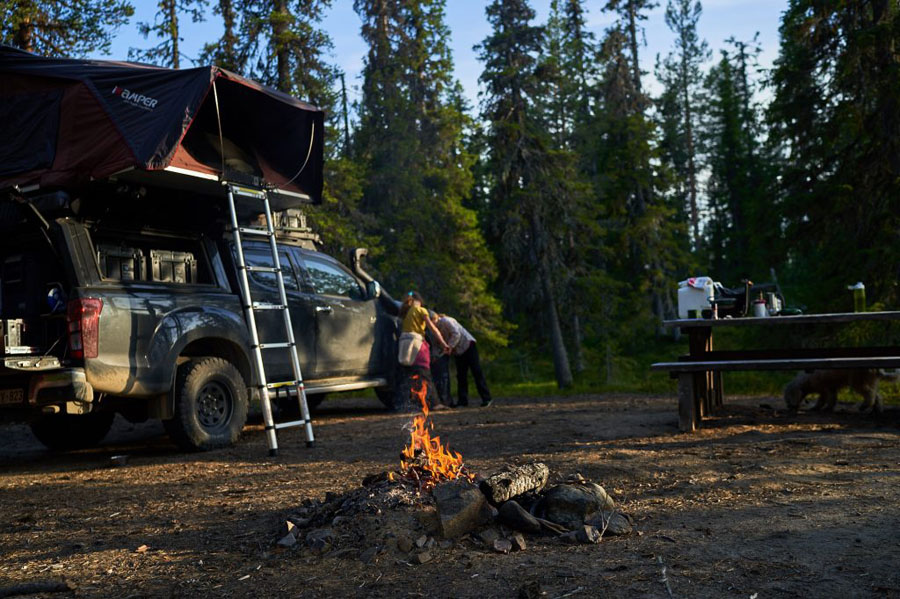
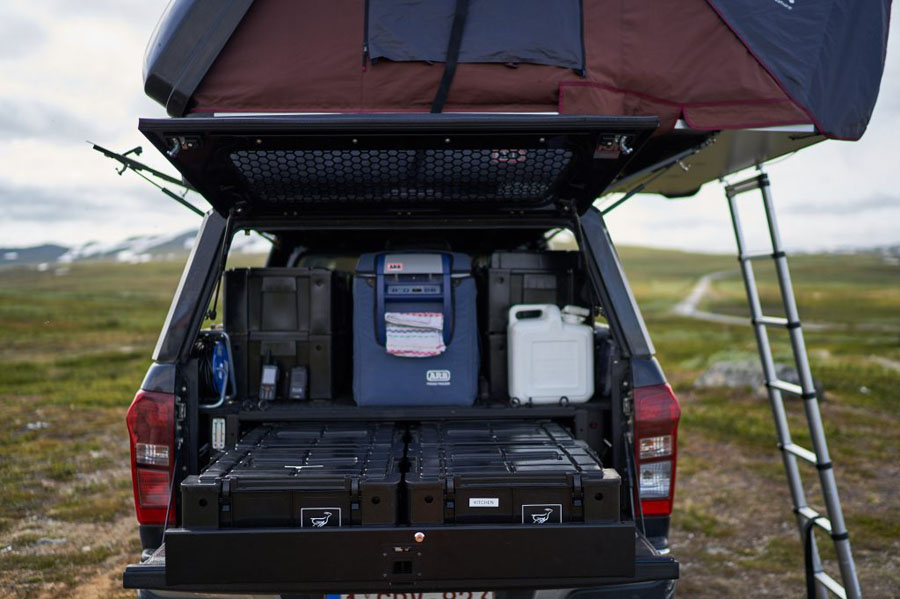
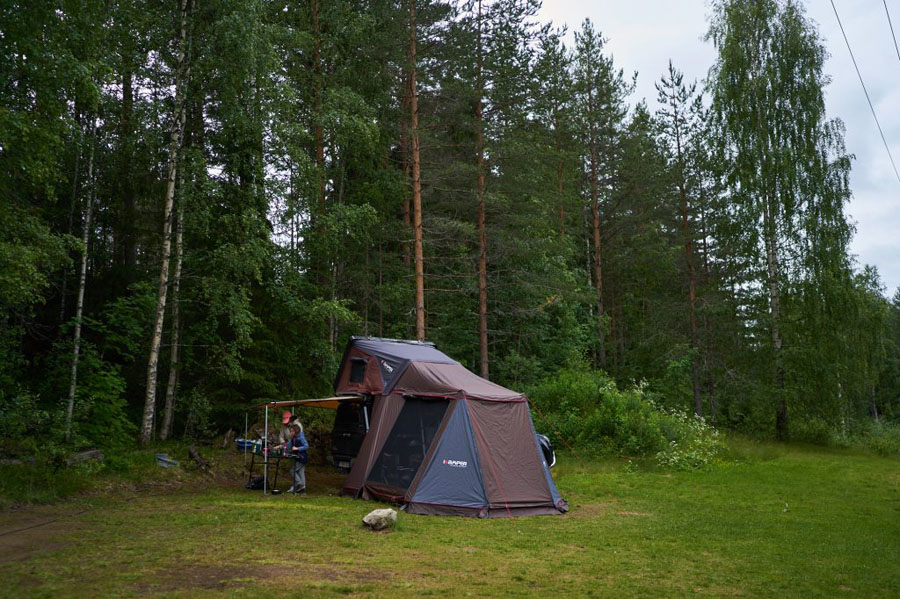
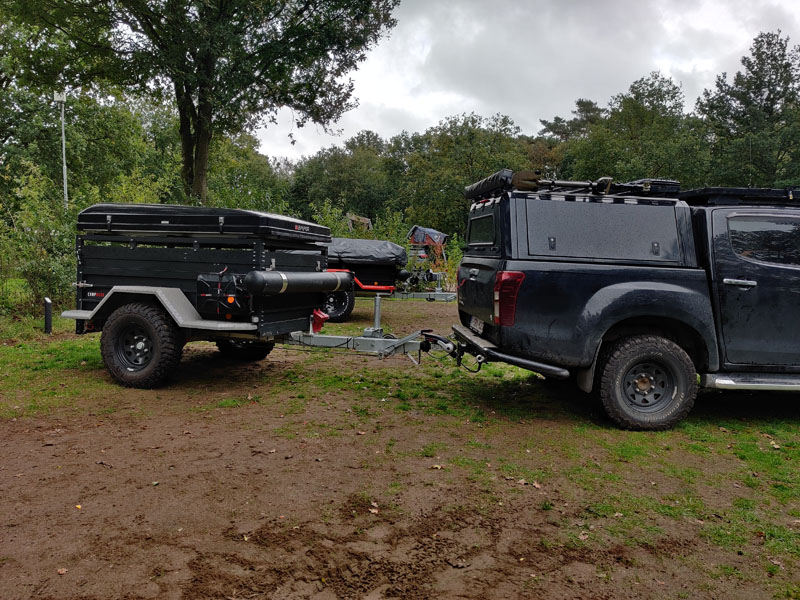
About CAMPWERK
CAMPWERK is the specialist in the field of compact and offroad camping. Inspired by the Australian tent trailers, Michael Krämer started his company in 2010, with its headquarters now located in Bochum. Mobility, adventure, freedom and connection with nature is what you will experience with the range of tent trailers and roof tents from CAMPWERK. Since 2018, CAMPWERK has also been the exclusive distributor for a large part of Europe of the iKamper roof tent brand. CAMPWERK showcases its products in 3 of its own showrooms in Germany, and one showroom in the Netherlands, as well as an increasing number of specialised dealers. One can see a complete overview of its product range at www.campwerk.de


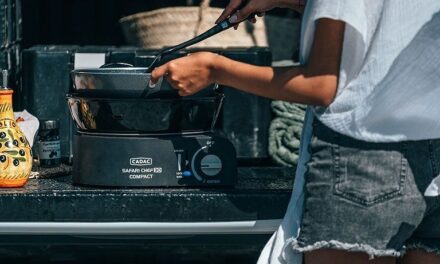
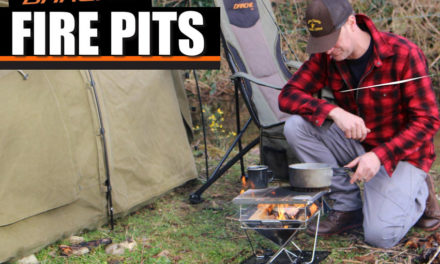
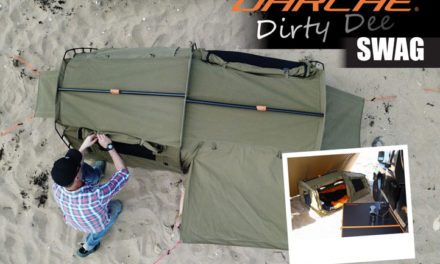
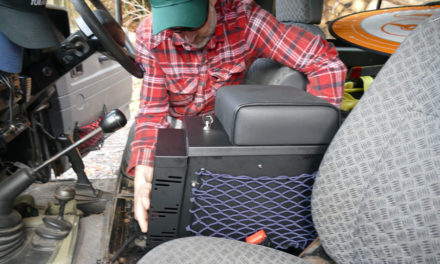
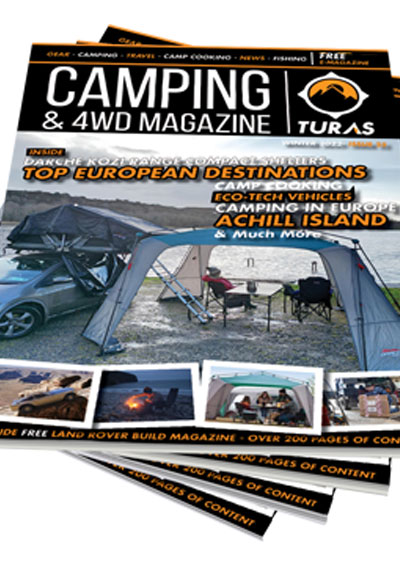

Recent Comments